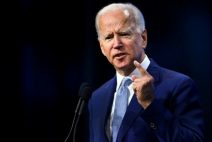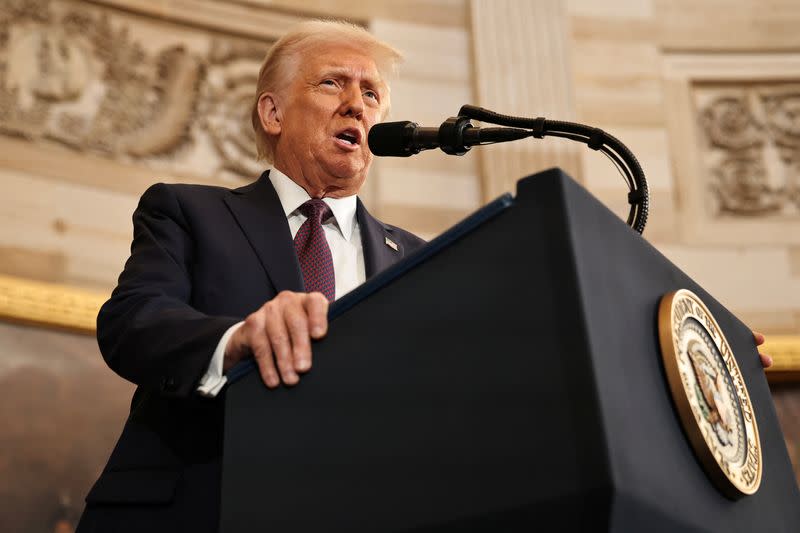Oil prices edged higher in volatile trade, bolstered by the prospect of lower Russian exports but pressured by rising inventories in the United States and concerns over global economic activity.
Brent crude futures were up 31 cents, or 0.4%, at $82.75 a barrel. West Texas Intermediate U.S. crude futures (WTI) gained 37 cents, or 0.5%, at $75.76. Earlier, both fell by more than $1 a barrel.
Lower trading volumes contributed to volatility, with Brent trading at 46% and WTI trading at 73% of the previous session's levels.
The benchmarks were poised to log a second straight week of declines, with both heading for a weekly loss of less than 1%.
On the anniversary of Russia's invasion of Ukraine, benchmark Brent crude was about 15% lower than a year earlier. It hit a 14-year high of nearly $128 a barrel on Mar. 8, 2022.
Both benchmarks rose about 2% in the previous session on Russia's plans to cut oil exports from its western ports by up to 25% in March, which exceeded its announced production cuts of 500,000 barrels per day.
But the market appeared to be well supplied with U.S. inventories at their highest since May 2021, according to data from the U.S. Energy Information Administration. [EIA/S]
Indications that Russian crude and refined products are accumulating on tankers floating at sea also hinted at increasing supplies.
JP Morgan said in a note that it thinks short-term prices are more likely to drift lower toward the $70s than rise "as global growth headwinds strengthen and excess ‘dark’ inventory exacerbated by a flooding of Russian oil is worked off".
The bank also said it expects the Organization of the Petroleum Exporting Countries (OPEC) to cut production to limit oil price declines.
Minutes of the latest U.S. Federal Reserve meeting indicated that a majority of officials remained hawkish on inflation and tight labour market conditions, signalling further monetary tightening.



















